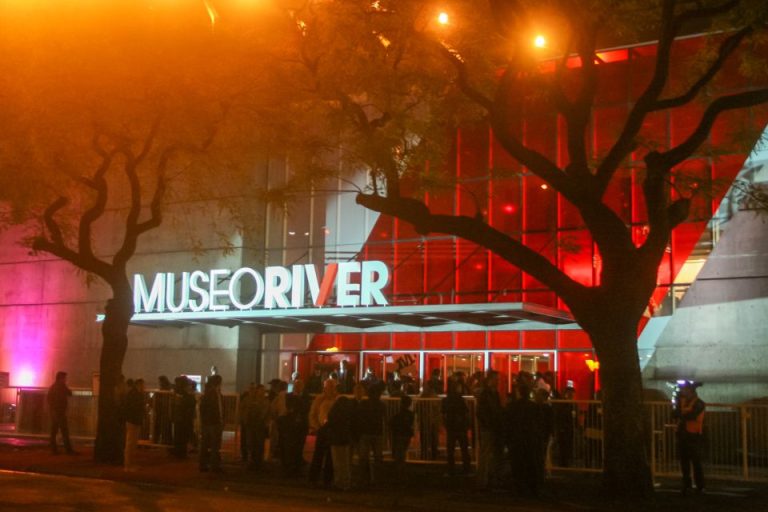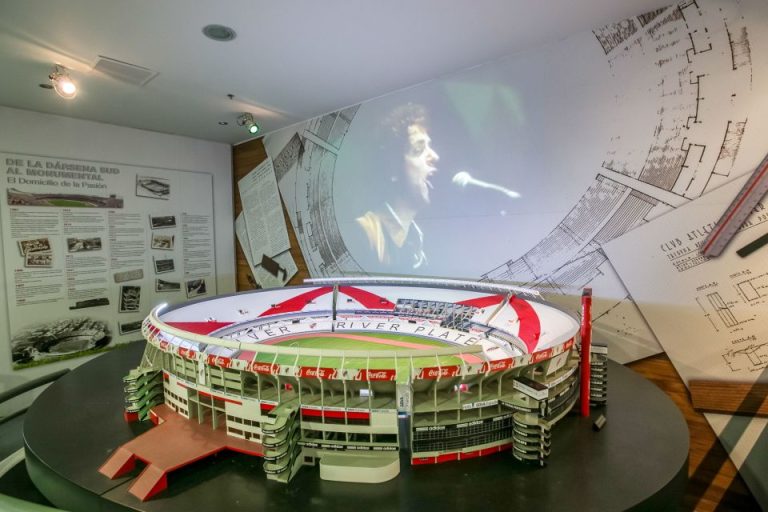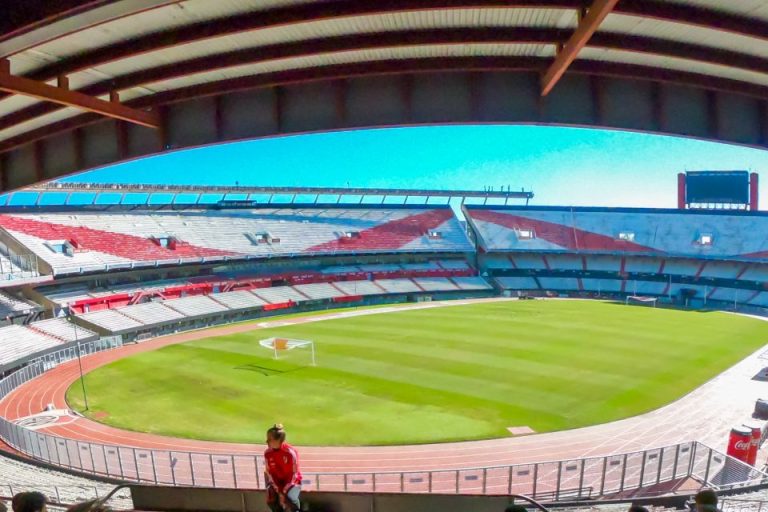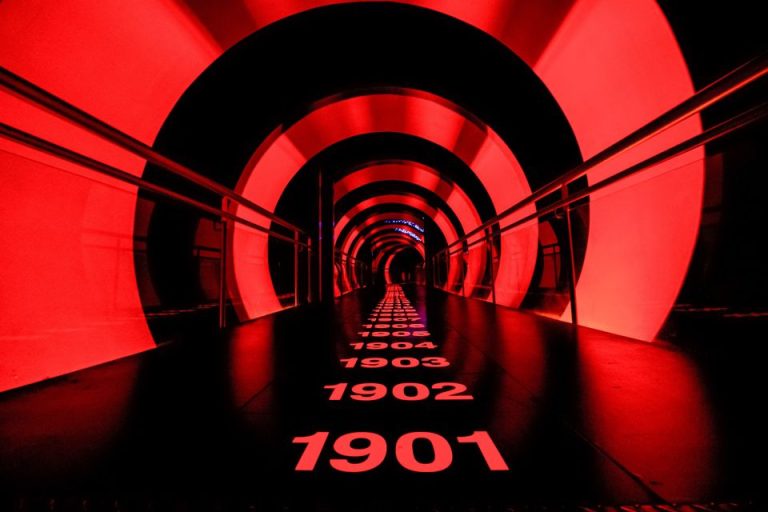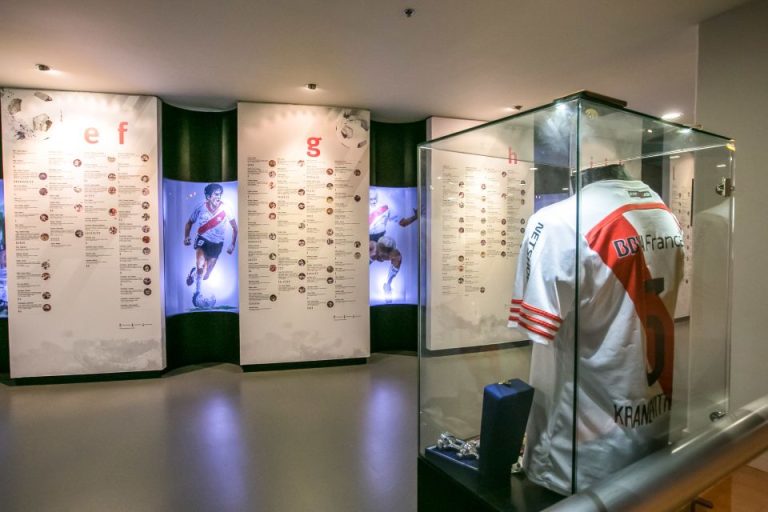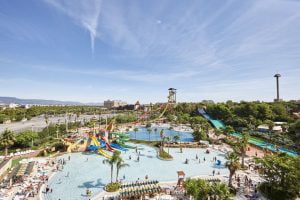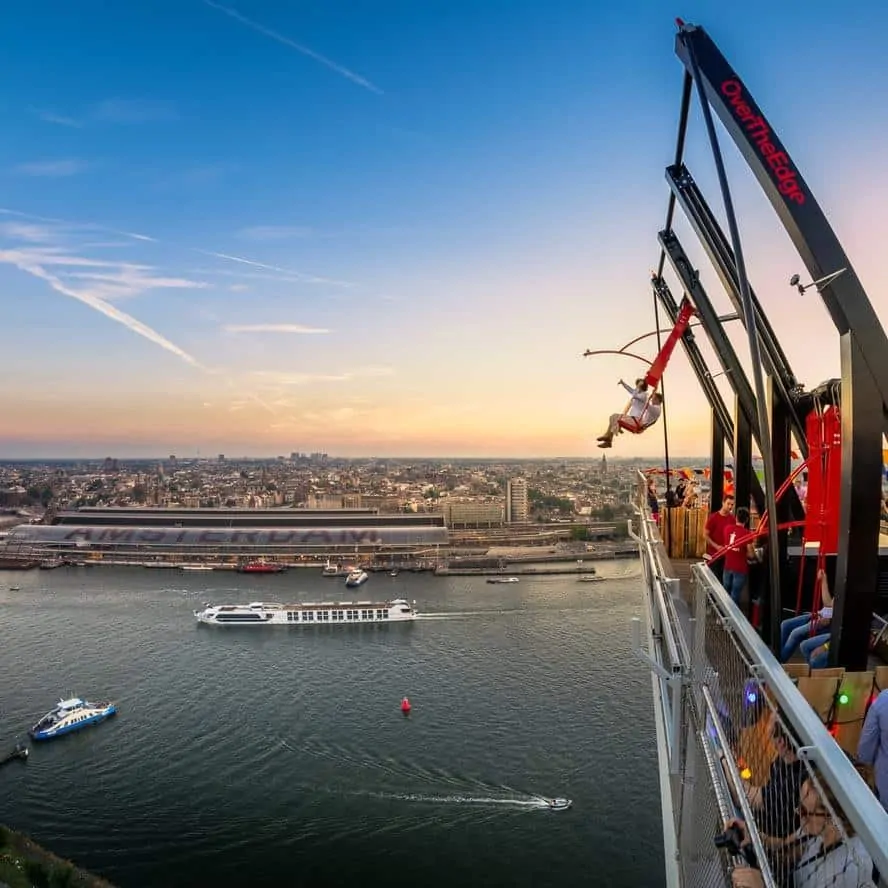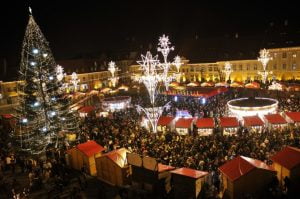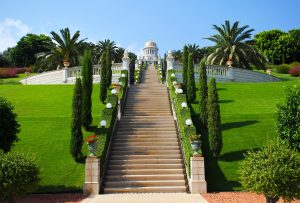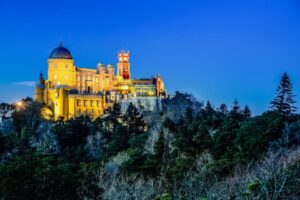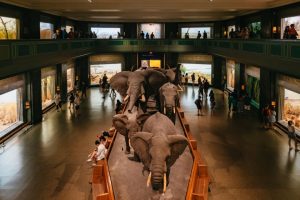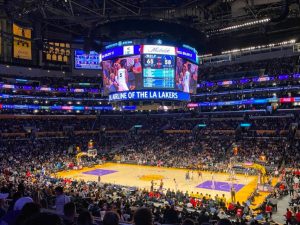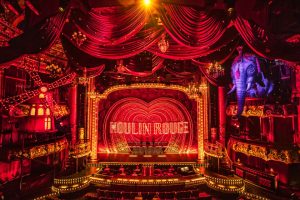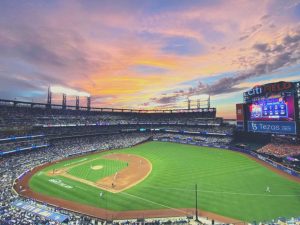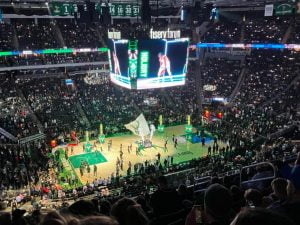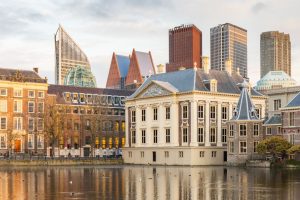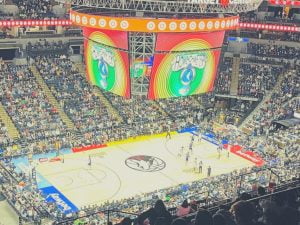Tour of the Argentine River Plate Stadium and Football Museum
Soccer in Argentina has long been much more than just a sport. It is a way of life, a collective heartbeat that unites millions of citizens from all over the South American country. The passion for the sporting game is deeply woven into the fabric of Argentine society, and there is no place that represents this emotion better than the Royal Monumental Stadium.
Mas Monumental Stadium - the glory of world football:
The Mas Monumental Stadium, also known as the Antonio Vespacio Liberty Stadium, has been used as the Argentine Dream Theater since its inception in the 30s. The fascinating stadium has hosted hundreds of matches, each filled with moments of joy and despair etched into the tapestry of its history. The stadium is one of the venues for the 1978 World Cup in the country, and hosted countless matches of the Argentine national team and home games of the Argentine River Plate team.
Architecturally, the stadium is a marvel that combines the grandeur of classic stadiums alongside modern sophistication. The final structure of the stadium is a labyrinth of architectural delight that includes high arches, an impressive facade and over 70,000 seats that make it the largest stadium in South America.
It seems that everything was thought of in its design - from the great viewing angles of the seats to the acoustics that amplify the roars of the Argentine fans.
The spectacular stadium is not home to one football team, but to two, and some two more. Mas Monumental Stadium serves as the home stadium of the River Plate soccer team and as the home stadium of the Argentina national soccer team.
Club Atlético River Plate (Club Atlético River Plate):
The Atlético River Plate football club is considered one of the most successful football clubs in Argentina. The group, founded in 1901, is an elite group of the bustling city of Buenos Aires. The team, which plays in the Argentine Premier League, is considered one of the two largest football clubs in the country, along with the Atlético Boca Juniors club. The rival teams meet for the Superclasico tournament, which is considered one of the most watched tournaments in the world.
The River Plate team has tremendous success in domestic football, winning the Primera División of Argentina 36 times already. Internationally, too, the team achieved and is still achieving, winning the Copa Libertadores, the most prestigious soccer tournament in South America, on four occasions.
Beyond its success on the field, River Plate is known for its youth academy, which has produced many outstanding players who have gone on to successful careers both domestically and internationally. Famous footballers such as Alfredo Di Stefano, Enso Francescoli, Javier Mascherano and Gonzalo Higuain, wore the famous white and red River Plate uniforms during their careers.
The importance of River Plate is not limited to the world of football, it has a significant part in the cultural and social life of Argentina. River Plate is not just a football club, but a symbol of heritage, pride and community unity.
River Plate Museum (River Plate Museum):
Inside the iconic stadium is the River Plate Museum, which offers visitors a journey through the illustrious history of the Atlético River Plate club.
The museum, whose spaces cover 3,500 square meters, is considered the largest football museum on the South American continent. The amazing museum was inaugurated in 2009, and since then it has been attracting visitors from all over the world who come to enjoy the fascinating exhibitions and interactive activities that the museum offers to its visitors.
In the museum you will find exhibits showing the history of the club since its establishment in 1901. The exhibits include huge collections of memorabilia and objects, starting with player jerseys, balls and shiny trophies won by the club. Each exhibit tells a section of the club's broad story, from its humble, low-budget beginnings to its rise to the top of Argentine football.
One of the highlights of the museum's exhibitions is The film exhibition The impressive, huge 360 degree screens where the visitors experience the amazing and important moments in the club's history.
Another exhibition you should not miss is "Pasillo de los Ídolos" (Hall of Idols) exhibition, In it you will find life-size statues of the greatest players in the club's history, such as Alfredo Di Stefano, Enso Francescoli and Ariel Ortega.
The experience of visiting the museum is nothing short of amazing, and it takes its visitors on an immersive journey through innovative multimedia worlds. The enriching visit to the museum is suitable for everyone - from die-hard fans of the club, through sports enthusiasts to travelers who want to experience the culture of Buenos Aires in all its glory.
Tour of the Mas Monumental Stadium:
A tour of Estadio Monumental, home of River Plate Football Club, is a wonderful opportunity to immerse yourself in the rich history of Argentine football.
Upon entering the museum, you will feel that the stadium is not an ordinary stadium. As we mentioned before, this is a stadium that holds over 70,000 spectators.
The guided tour usually starts at the River Plate Museum (Museo River), which is located inside the stadium complex.
After the museum tour, you can continue with an independent tour in the heart of the stadium. The tour will take you behind the scenes of the stadium, among other things to the players' tunnel, the same tunnel that saw some of the greatest footballers in the world walking towards the field, yes, even Messi.
During the tour you will reach the stands of the stadium, where you will get to see a panoramic view towards the field, and imagine the roar of the tens of thousands of fans during a game. If you take a guided tour of the stadium, the guide will of course tell you about the differences between the stands and the nature of the stormy stands.
The tour also includes a visit to the dressing rooms, where the players prepare before games and celebrate the sweet victories after them.
The tour usually ends in the press room, a space where interviews and press conferences take place after matches.
important details:
You can buy a ticket only for the River Plate Museum, or a combined ticket that includes an independent tour of the River Plate Museum and a guided tour of the Monumental Stadium.
Location: The Monumental Stadium is located in the district of Belgrano in the city of Buenos Aires.
Stadium address: Av. Pres. Figueroa Alcorta 7597, C1428 CABA.
The convenient way to get to the stadium by public transport from the city center is by taking the subway line to the Congreso de Tucumán station, which is about a 15-minute walk from the stadium. Also, several lines arrive near the stadium, lines number 15, 28, 29, 42, 107, 130 and 160.
To conclude, just as you cannot return from Paris without tasting a baguette, or return from London without seeing Buckingham Palace, returning from Argentina without visiting one of its impressive stadiums would be a serious crime. The world of soccer is rooted in every corner of the country, from the cafes that display pictures of Messi and Maradona, through the hundreds of small fields that are full at all hours of the day, to the museums and magnificent stadiums of the Latin country. A visit to the River Plate stadium and museum will expose you to the vibrant football atmosphere in the country and take you on a wonderful journey through the history of the Argentine football world.

